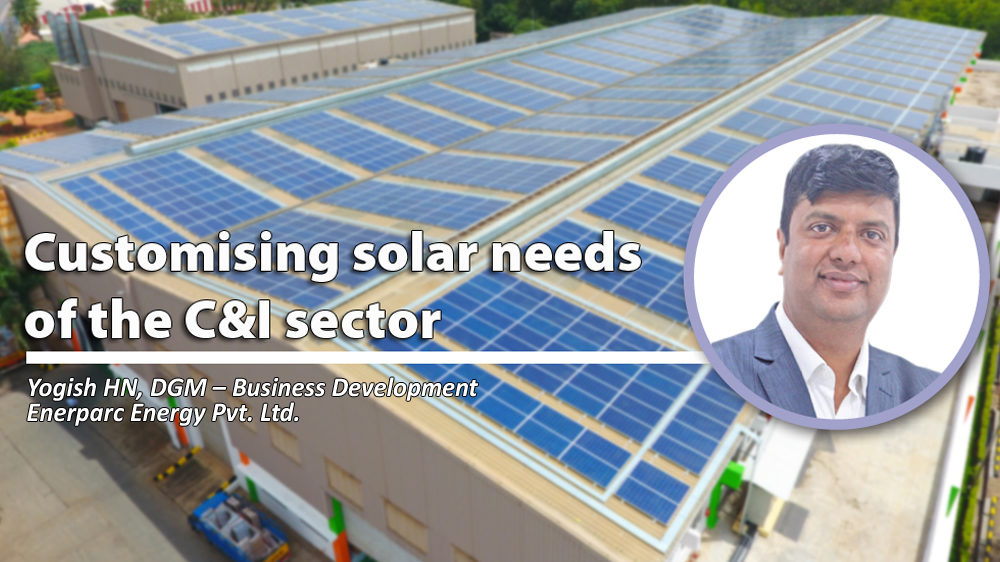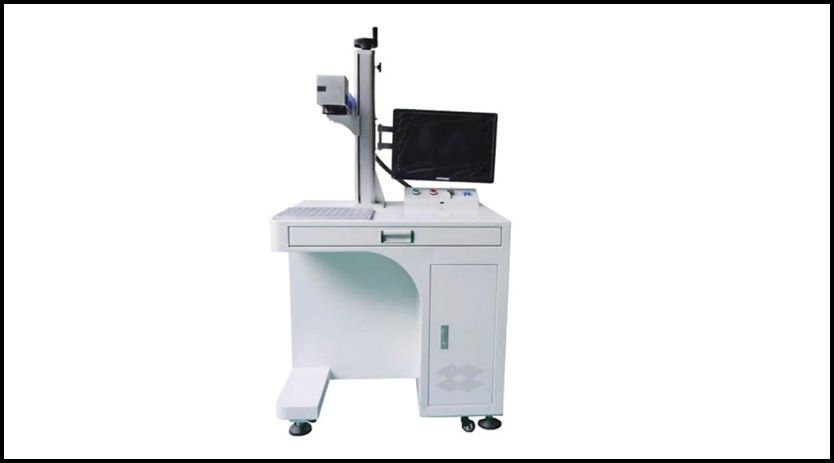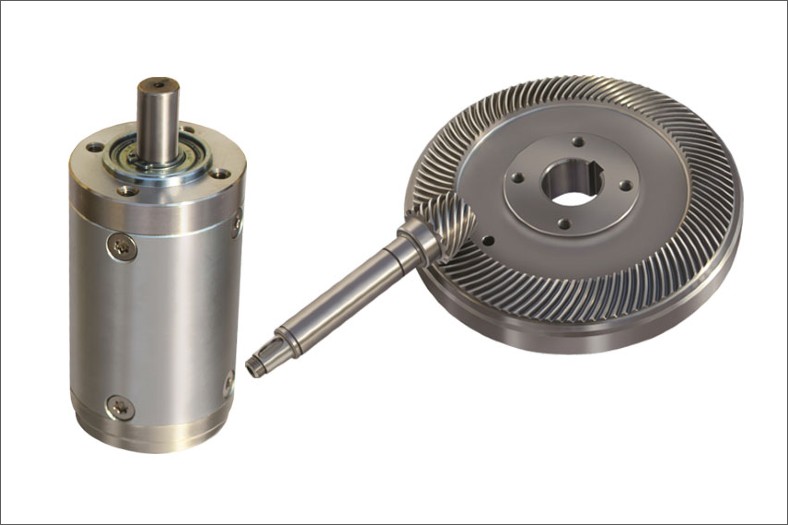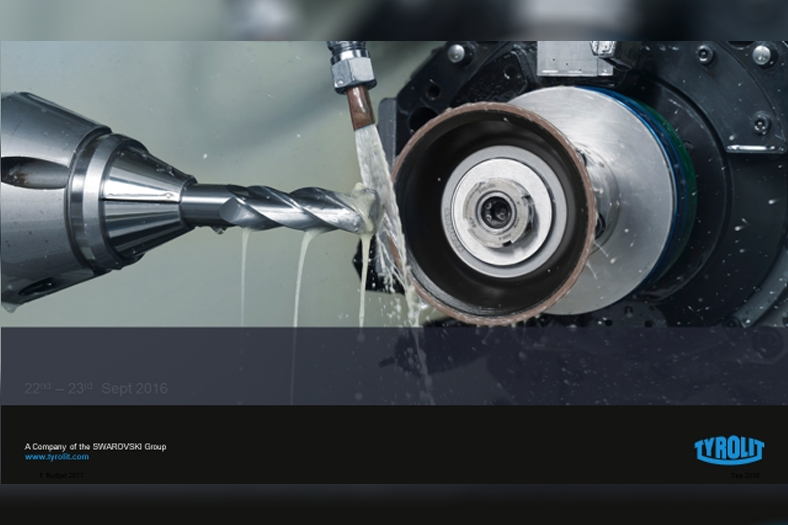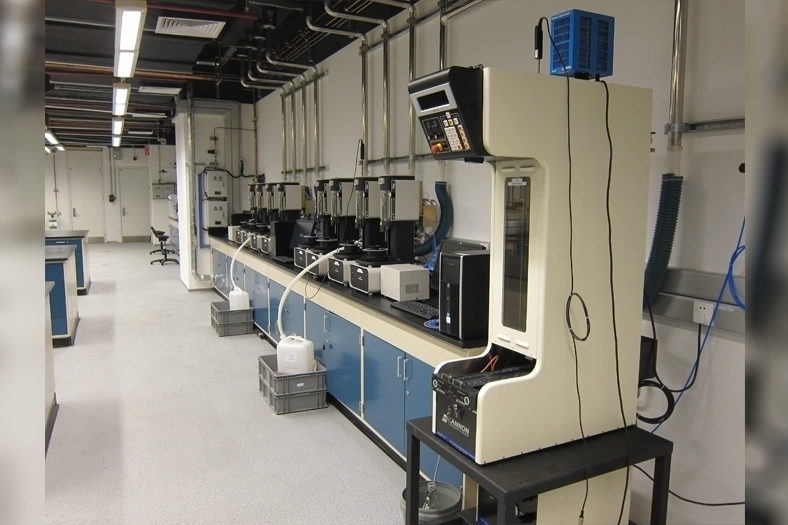Customising solar needs of the C&I sector
September 12, 2018 3:43 pm
Announcement of National Solar Mission, 2010, charted out path to achieve 20 GW of installation by year 2022, bought about lots of cheers and jubilation in the country amongst stakeholders in solar industry as mission. Even though, the initial phase of the mission started slow, it picked up momentum and raised the target from 20 GW to 100 GW to be achieved in the same time frame. India, on its part, gave a firm commitment during COP21 summit of setting up 175 GW of renewable by 2022; out of which 100 GW was to be from solar energy while the rest 75 GW from wind energy; both these sectors being the torchbearers of the developing and developed countries. Target of achieving this 100 GW has now broadly been divided into 60 GW for large scale ground mounted system while 40 GW from the roof mounted system on various commercial, industrial and domestic rooftops.
By the end of FY2017, India had already installed 20 GW of solar energy which is quite a significant achievement in a short span of 8 years, especially considering the fact that solar sector didn’t do much of installation in the initial four years and real action started somewhere in 2015. However, the achievement primarily came from installations in utility scale ground mounted systems, while a merely 1 GW of installation happened in the rooftop segment.
Solar, being a source which is omnipresent, is ideal for generating energy at a place of consumption making it truly distributed decentralised source of energy generation. Worldwide developed solar energy markets have been primarily led by rooftops and only a small percentage by the utility-based ground mounted solutions. However, in India, stress was more on ground mounted systems so that quickly installations figure could be ramped up and scale of economies are achieved in quick time. This size of installation did help country in terms of reduction in capital cost and making solar energy more affordable to consumers in short run.
Today, in energy terminology, solar energy has reached grid parity in most of the states in India, especially for commercial and industrial (C&I) consumers. In layman language, consumer would spend less amount in buying or using solar energy as compared to buying conventional energy from utility. In-spite of having various advantages, its adoption has been very slow and overall out of 20 GW installed solar power rooftop has a share of only 5 per cent till date which also includes residential rooftops.
Major factors limiting its adoption is unawareness about growing technology as well as not-so-easy financing of these systems of C&I segment. There is no organised way in which these benefits of installing solar energy in Industry have been communicated and major source of inspiration till date is only word to mouth publicity as well as reference selling. However, today, solar is being looked upon by many electrical services providers as a sector with least entry barrier and treated as low hanging fruit to grab business. As and when any C&I customer decides to go ahead with plan of installing / exploring to use solar energy, they should seek services of professional organisations involved in the sector with sufficient experience so that capital investment being deployed in installing solar energy project doesn’t get wasted and they achieve savings or the desired financial results.
Typically, a single KWp system needs 10 square meter of shadow free area for installation in case of industrial roof and around 12 square meter for flat concrete roof. Individual solar modules are interconnected with each other so that voltage as well as current generated by each solar module gets added by putting then in series and parallel, respectively. The energy produced by solar modules is direct current and needs Inverter to make it usable for running or daily loads and appliances which run on 415V ac. Inverters are grid interactive and mostly modular devices are sitting closer to solar modules and converting DC energy to 415V ac are ideally located near to rooftop and output of such inverters is accumulated together in AC distribution board. The accumulated energy from various inverters is then taken thru AC cables to user’s LT panel, preferably, on common bus so that energy produced by solar power plant gets distributed at central level. As the energy produced by solar power plant is at unity power factor, it always gets preference in terms of source of energy to be used by end user. Only in the case when the generated energy by solar falls short in sufficing loads, then only energy would be drawn through utility connection of diesel generating set when utility is unavailable. Hence, before planning to install any solar system at C&I, the user needs to consider following aspects before making final decision:
• Roof stability (dead load and live wind loads needs to be taken into account) on which solar system is going to be installed
• Integration of DG along with solar system during unavailability of grid power
• Reverse power protection to protect reverse flow of energy towards DG set in absence of grid power and when loads are less than energy generated from solar
• Use of best components in system as life expectation of solar system is of 25 years
• Best of workmanship while integrating various components in the system
• Regular maintenance of system to get optimum performance from the installed system
Today, for convenience of end users, various business models have evolved with most of systems getting installed on CAPEX model i.e. user invests and owns the system. While option do exist for credible off-takers that developers can invest on installing solar system and can charge the user for consumption of every unit of energy produced over long term contract of 15 to 25 years at a price lesser than the utility tariff; thereby, giving user savings without making their own investment. We, at Enerparc, do offer both options and are under process of enhancing our spread and improve our reach to various C&I users through local channels.
Yogish HN
DGM – Business Development
Enerparc Energy Pvt. Ltd.
Cookie Consent
We use cookies to personalize your experience. By continuing to visit this website you agree to our Terms & Conditions, Privacy Policy and Cookie Policy.



